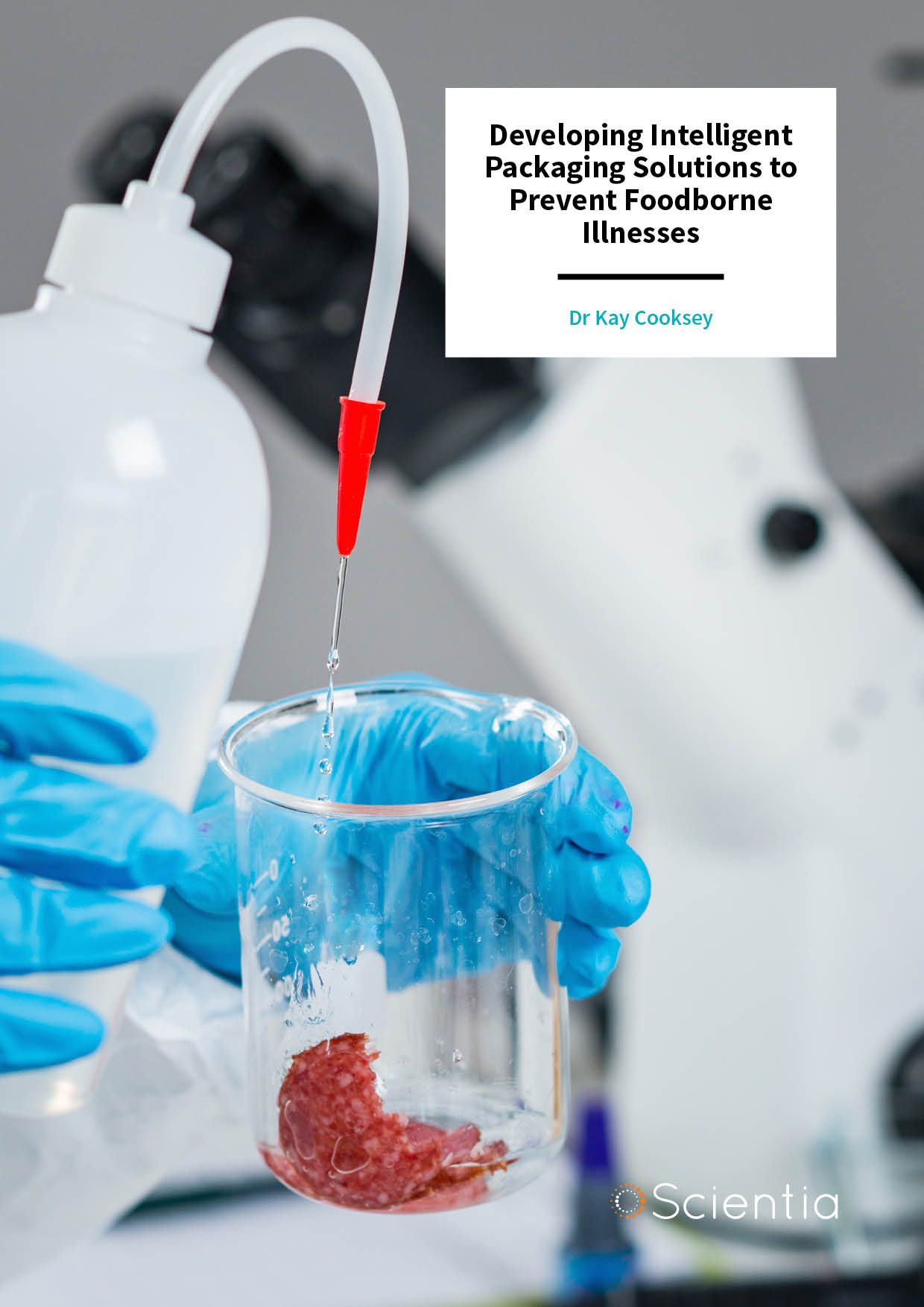
In the United States, our food supply is widely recognized as among the safest globally, a testament to robust systems and dedicated professionals. Yet, despite these safeguards, a silent, pervasive threat lurks in kitchens across the nation: foodborne illness. Often colloquially known as “food poisoning,” these illnesses arise when food becomes contaminated with certain disease-causing bacteria or pathogens.
Indeed, the statistics paint a sobering picture. Federal government estimates reveal an astonishing 48 million cases of foodborne illness annually. To put that into perspective, it’s the equivalent of sickening 1 in 6 Americans each year. And while many cases are mild, the severe consequences are undeniable: these illnesses lead to an estimated 128,000 hospitalizations and a tragic 3,000 deaths every year.
The insidious nature of foodborne illness often manifests within 1 to 3 days after consuming contaminated food, making it difficult to pinpoint the exact culprit immediately. However, the timeline can be far more erratic, with sickness potentially striking as quickly as 20 minutes or as delayed as up to 6 weeks later. Recognizing the signs is paramount for swift action and recovery.
Typical symptoms of foodborne illness include discomfort such as vomiting, diarrhea, and abdominal pain. Beyond these, individuals may also experience flu-like symptoms, which can encompass fever, a persistent headache, and generalized body aches. Being aware of these indicators is the first step in understanding and responding to a potential food safety breach within your household.
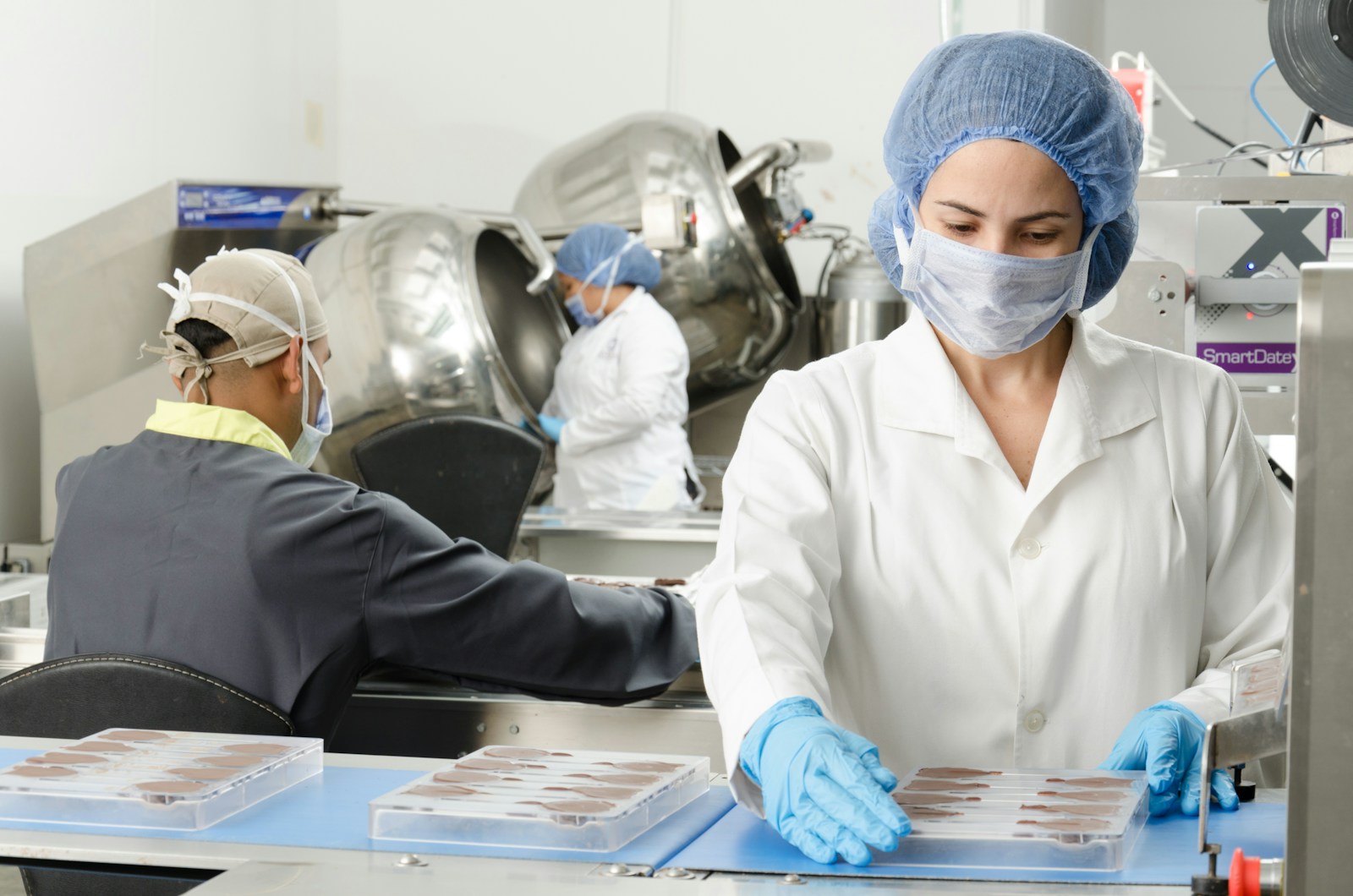
While most healthy individuals typically recover from a foodborne illness within a relatively short period, it’s crucial to understand that not everyone shares the same resilience. Some individuals are at a significantly higher risk for developing severe, chronic, or even life-threatening health complications as a result of food poisoning. These vulnerable populations require heightened vigilance when it comes to food safety.
Those particularly susceptible include pregnant women, whose developing fetuses are at risk; young children, whose immune systems are still maturing; and older adults, whose immune defenses may be naturally weaker. Additionally, individuals with compromised immune systems—such as transplant patients, or those living with HIV/AIDS, cancer, or diabetes—face a heightened danger, making meticulous food handling an absolute necessity in their daily lives.
Given the pervasive nature and potential severity of foodborne illnesses, what steps can every consumer take to protect their family? The good news is that preventing food poisoning largely boils down to adhering to four straightforward, yet profoundly effective, steps: clean, separate, cook, and chill. These principles form the bedrock of safe food handling in any kitchen.

**CLEAN: Wash Hands and Surfaces Often**: The most fundamental defense against foodborne illness begins with cleanliness. Regular and thorough handwashing is non-negotiable. Before and after handling any food, and critically, after using the bathroom, changing diapers, or handling pets, wash your hands with warm water and soap for at least 20 seconds. This simple act removes countless pathogens that can otherwise transfer from hands to food.
Beyond personal hygiene, the cleanliness of your kitchen surfaces and utensils is equally vital. After preparing each food item, diligently wash your cutting boards, dishes, utensils, and countertops with hot soapy water. This prevents cross-contamination from one food item to the next, particularly between raw and ready-to-eat foods.
When it comes to cleaning kitchen surfaces, consider using paper towels for effective one-time use and disposal. If you prefer cloth towels, ensure they are laundered often in the hot cycle to thoroughly sanitize them and prevent bacterial growth. A dirty cloth can quickly become a vehicle for contamination.

**SEPARATE: Separate Raw Meats from Other Foods**: Cross-contamination is a silent, yet significant, threat in the kitchen. To mitigate this risk, it is imperative to separate raw meat, poultry, seafood, and eggs from all other foods at every stage of the food handling process. This separation should begin at the grocery store, continuing into your grocery bags, and culminating in your refrigerator, where raw items should be stored in ways that prevent their juices from dripping onto other foods.
Dedicated cutting surfaces are another critical component of separation. Always use one cutting board specifically for fresh produce and a completely separate one for raw meat, poultry, and seafood. This simple practice ensures that bacteria from raw animal products do not transfer to foods that will not be cooked, such as salads or fruit.
Furthermore, never make the mistake of placing cooked food on a plate that previously held raw meat, poultry, seafood, or eggs unless that plate has been thoroughly washed in hot, soapy water. The residue from raw foods, even if invisible, can contain harmful bacteria that will then contaminate the cooked, safe food. Similarly, marinades used on raw foods should never be reused as a sauce or dressing unless they are first brought to a rolling boil, ensuring any pathogens are destroyed.
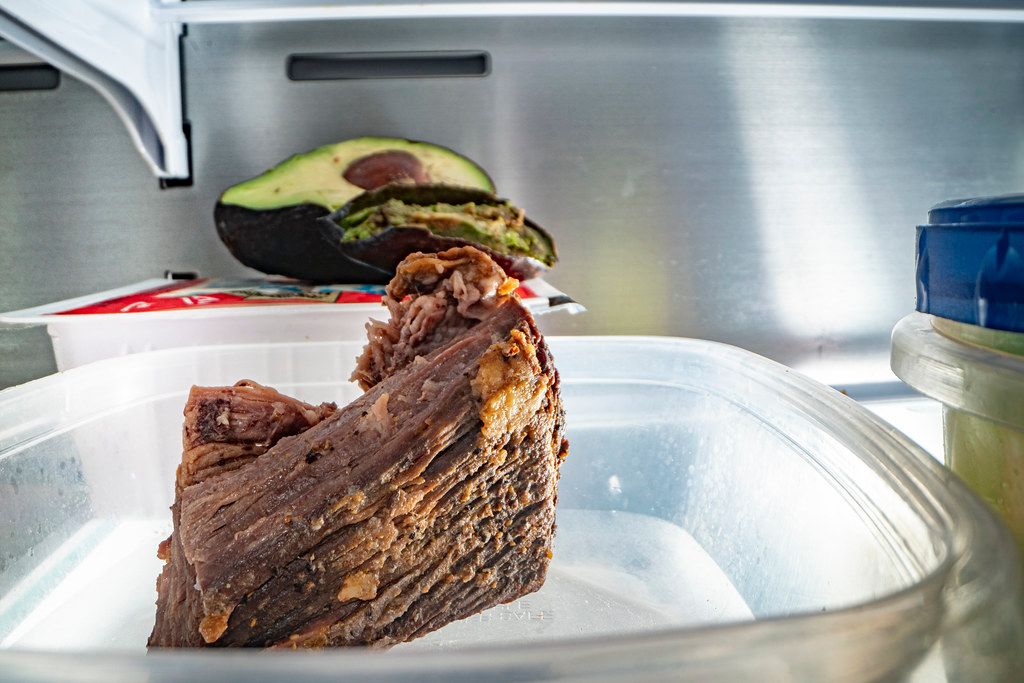
**COOK: Cook to the Right Temperature**: One of the most common and dangerous food handling mistakes is undercooking food. It’s a critical misconception that color and texture alone are reliable indicators of safety for meat, poultry, seafood, and egg products. These visual cues can be deceptive, offering a false sense of security. The only true way to ensure these foods are safe and free from harmful bacteria is by using a food thermometer to measure their internal temperature.
Each type of food has a specific safe minimum internal temperature that must be reached to destroy any lurking bacteria. For cuts of beef, pork, veal, and lamb, including chops, roasts, and steaks, the internal temperature should reach 145°F, followed by a 3-minute rest time. Ground meats, which have a larger surface area exposed to potential bacteria, require a higher temperature of 160°F to be considered safe.
Uncooked hams, whether fresh or smoked, also need to reach 145°F with a 3-minute rest time. For fully cooked hams that are being reheated, a temperature of 140°F is sufficient. Poultry, encompassing ground poultry, parts, whole birds, and any stuffing cooked within them, must reach a robust 165°F throughout to ensure safety.
When utilizing a microwave oven for cooking, specific precautions are necessary to ensure even heating and safety. Always cover the food, and make sure to stir and rotate it for uniform cooking, particularly if your microwave lacks a turntable. If there is no turntable, manually rotate the dish once or twice during cooking. Crucially, always allow a standing time after microwaving, as this period completes the cooking process, before checking the internal temperature with a food thermometer. For reheating sauces, soups, and gravy, always bring them to a full boil to eliminate any bacterial growth.
**CHILL: Refrigerate Foods Promptly**: Proper refrigeration is a critical safeguard against bacterial growth, which thrives in the “danger zone” temperatures between 40°F and 140°F. To ensure your refrigerator and freezer are operating at optimal safety levels, use an appliance thermometer. Your refrigerator should consistently maintain a temperature of 40°F or below, and your freezer should be at 0°F or below. These temperatures significantly slow the growth of most harmful bacteria.
Time is of the essence when it comes to chilling perishable foods. Meat, poultry, eggs, seafood, and other perishables must be refrigerated or frozen within 2 hours of cooking or purchasing. If the ambient temperature outside is above 90°F, this window shrinks to just 1 hour, as bacteria multiply even more rapidly in warmer conditions.
Never compromise food safety by thawing food at room temperature, such as on a countertop. This practice allows the outer layers of the food to enter the danger zone while the inside remains frozen, creating a perfect breeding ground for bacteria. Instead, there are three safe methods for defrosting food: in the refrigerator, in cold water, or in the microwave. Food thawed in cold water or in the microwave must be cooked immediately after thawing, as these methods can cause parts of the food to warm up quickly.
When marinating food, always do so in the refrigerator, not on the counter. This ensures the food remains at a safe temperature throughout the marinating process. For large amounts of leftovers, dividing them into shallow containers before refrigerating will facilitate quicker cooling, helping them pass through the danger zone rapidly and safely.

Beyond these four fundamental steps, the World Health Organization offers a comprehensive 10-point guideline for safe food preparation, addressing common errors that lead to foodborne illnesses. These recommendations further reinforce and expand upon the clean, separate, cook, and chill principles, offering a holistic approach to kitchen safety.
Firstly, consider **safely processed options**. Many food types undergo processing to extend their shelf life and enhance safety. This includes crucial processes like raw milk pasteurization, proper meatpacking, poultry irradiation, and seafood flash-freezing. Fresh produce, which is often consumed raw, typically requires only sufficient washing to ensure its safety.
Secondly, **cook food thoroughly**. This cannot be stressed enough. Raw foods such as poultry, meat, and eggs are known carriers of dangerous pathogens like E. coli, Salmonella, and Listeria. The only way to effectively neutralize these organisms is through adequate heat. To guarantee safety, cooks must ensure that every part of the food reaches a temperature of 70°C (158°F) before it is removed from the stove or oven, completely destroying harmful bacteria.
Third, it’s vital to **eat cooked meals right away**. Microorganisms rapidly multiply when cooked dishes are allowed to cool to room temperature. The longer food remains exposed to this kind of environment, the higher the risk of pathogenic illnesses becomes. Prompt consumption or proper storage is key to preventing bacterial proliferation.
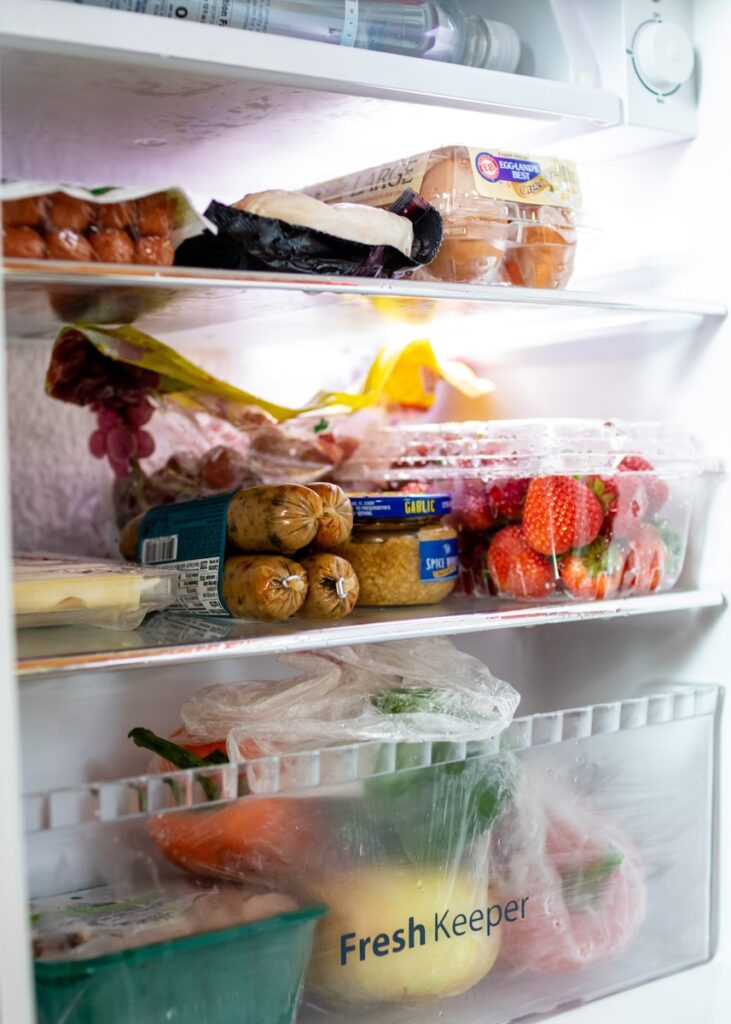
Fourth, **carefully store fresh produce and cooked meals**. Bacterial proliferation significantly slows down in colder temperatures. Leftovers, for instance, can be safely kept in the refrigerator for five to six hours at 10°C (50°F) or less. For dishes prepared in advance, as is often the case in cafeterias or institutional settings, they should be stored at temperatures under 60°C (140°F). For preserving foods long-term, many food manufacturers utilize canning or jarring, with the correct temperature for these processes being 250°F.
Fifth, **reheat dishes properly**. After storage, any cooked foods must be reheated to 70°C (158°F). This critical step not only makes the dish palatable again but, more importantly, effectively halts any microbial growth that may have developed while the food was stored in the refrigerator. Thorough reheating ensures the food is safe for consumption once more.
Sixth, **avoid contact between cooked and raw foods**. This is a cornerstone of preventing cross-contamination, which can occur subtly. For example, slicing raw chicken breast on a chopping board and then using the same unwashed utensils on oven-baked roast beef can transfer harmful bacteria. One of the most critical food safety guidelines in this regard also pertains to the risk of allergic reactions.
Part of good manufacturing practice, and a lesson for home kitchens, is ensuring that no allergens (such as peanuts, eggs, or shellfish) come into contact with other products. Even the tiniest amount of an allergen could trigger severe reactions like swelling, cramps, and airway issues for hypersensitive individuals, making strict separation paramount.

Seventh, **constantly wash your hands**. Maintaining good personal hygiene truly forms the foundation of food safety. Handwashing is the simplest and most effective habit to adopt, and it should be done before food preparation, after food preparation, and in between handling different kinds of food. In professional settings, wearing the proper Personal Protective Equipment (PPE) is also a vital layer of defense when working with food.
Eighth, **meticulously clean all kitchen surfaces**. The smallest spill, a stray breadcrumb, or even lint from a towel can serve as a potential reservoir for pathogens. Because of these persistent threats, all surfaces used for food preparation must be kept sterile, adhering to stringent food and safety sanitation guidelines. Additionally, it is crucial to use non-toxic cleaning products, as chemical residues could inadvertently taint the meals.
Ninth, **keep insects away from food**. Flies, cockroaches, and ants are not just nuisances; they are carriers that can transmit disease-causing bacteria, fungi, and viruses. The most effective way to prevent these pests from contaminating your food is by storing both raw and cooked food in closed containers, denying them access and safeguarding your meals.
Finally, **use safe water**. Water plays an indispensable role in food preparation, serving not only for cleaning and sanitation but also as a vital cooking ingredient. Everyone, from those in the food and beverage industry to home cooks, must ascertain that the water used for these processes is free from impurities. If any doubts about the water supply exist, boiling it to 100°C (212°F) will effectively remove most contaminants, ensuring its safety for all food-related uses.
Adhering to these fundamental principles—clean, separate, cook, and chill, as well as the comprehensive guidelines from the World Health Organization—forms the backbone of effective food safety practices in any kitchen. These steps, while seemingly simple, are profoundly impactful in preventing the vast majority of foodborne illnesses and safeguarding the health and well-being of every individual at the table. It is through diligent application of these foundational methods that consumers can confidently navigate their kitchens and ensure the integrity of the food they prepare and consume daily.
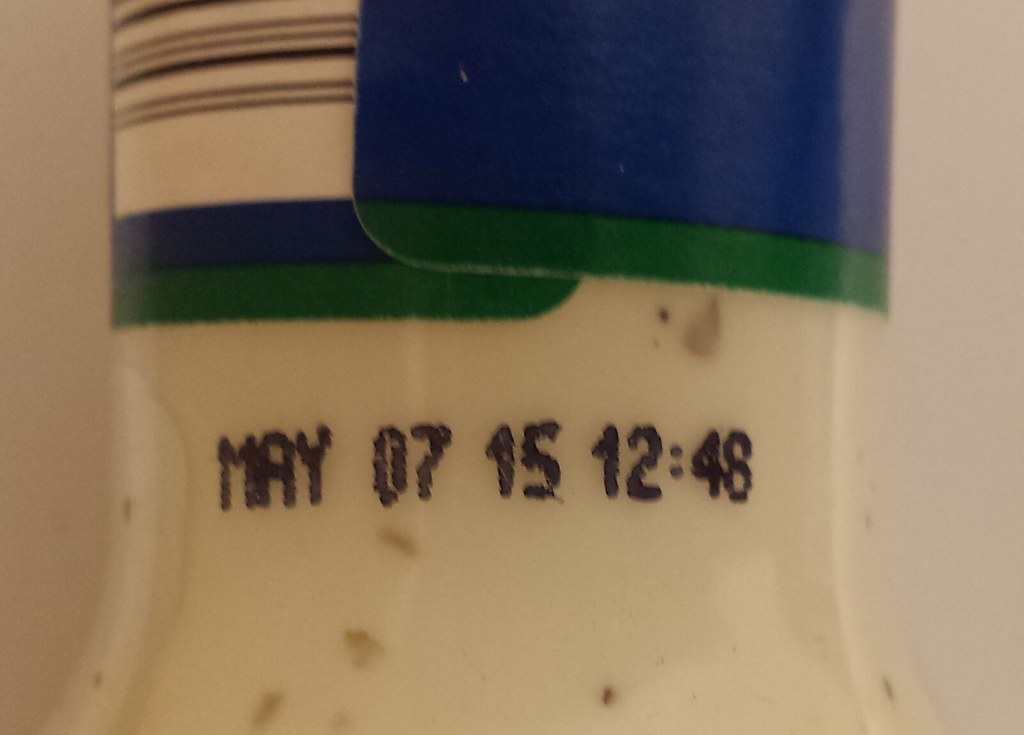
While the foundational principles of clean, separate, cook, and chill provide an indispensable framework for food safety, truly empowering consumers to safeguard their households requires a deeper dive into common pitfalls, an understanding of the broader regulatory landscape, and an awareness of available resources. It is not merely about following rules, but about developing an informed approach to every aspect of food handling, from purchase to plate. By navigating the complexities of modern food, consumers can elevate their safety practices beyond the basics.
One of the most frequent sources of confusion for consumers lies in understanding product dating and expiration labels. Many people mistakenly believe that a “sell-by” date indicates when a food item is no longer safe to eat. However, the reality is far more nuanced. These labels, such as “sell-by” or “best by,” often relate more to peak quality than to immediate safety. They guide retailers on inventory and suggest when a product will taste best, rather than signaling the precise moment it becomes hazardous. Consumers should learn to differentiate these terms, recognizing that many foods remain perfectly safe to consume well past these dates, provided they have been stored correctly.

Beyond printed dates, trusting your own senses becomes a crucial skill in identifying spoilage. While invisible bacteria are the primary concern in foodborne illness, visible signs of spoilage often indicate a food that is past its prime, even if not necessarily dangerous. If that chicken in the refrigerator carries a “funky” smell, or if your asparagus appears less vibrant than it should, it is a clear signal to discard it. Food that is sticky, slimy, or smells distinctly off is likely spoiled, and while it might not contain harmful pathogens, its quality and palatability will be severely compromised.
Effective food storage extends beyond the confines of the refrigerator and freezer, encompassing pantry organization and understanding optimal conditions for various items. The freezer, for instance, stands as a remarkable tool for preserving food and minimizing waste. It is reassuring to know that all foods stored in the freezer, regardless of how long they remain there, are technically safe to eat from a bacterial standpoint. However, the passage of time in freezing conditions will inevitably diminish their texture, taste, and flavor. Similarly, understanding what belongs in the pantry versus the refrigerator, or even what should not be refrigerated at all, is vital for maintaining food quality and safety. Every food has a unique shelf life, and its optimal storage method can vary significantly depending on whether it is opened or sealed, requiring a thoughtful approach to pantry and refrigeration management.
Certain specific food items also warrant particular attention due to their unique characteristics or common handling practices. Raw dough, a seemingly innocuous baking staple, can harbor harmful germs that are only eradicated through thorough cooking. It is crucial for home bakers to be aware of this risk and avoid consuming raw dough or batter. Another area of common concern for consumers is the presence of pesticides on fresh fruits and vegetables. While concerns about chemical residues are valid, the most effective defense remains simple: meticulous washing of all produce under running tap water, as consistently advised. Deli meats, a staple in many American households, also present considerations regarding processing and additives, which consumers often ponder when making dietary choices, highlighting the broader aspects of food product awareness.

Moving beyond individual household practices, it is essential to appreciate the vast and intricate network of industry and regulatory bodies that underpin the safety of our food supply. These organizations work tirelessly to establish and enforce standards, ensuring that food products, from farm to fork, meet rigorous safety criteria. In the United States, the Food Safety Modernization Act (FSMA) forms the bedrock of food safety legislation, empowering various government departments to create and administer specific rules. The United States Department of Agriculture (USDA) focuses on policy development and inspection, particularly for meat, poultry, and egg products, while the Centers for Disease Control and Prevention (CDC) plays a critical role in investigating foodborne disease outbreaks and providing public health guidance.
Globally, similar robust frameworks exist. In the United Kingdom, the Food Safety Act of 1990 is the primary legislation, granting authority to the Food Standards Agency (FSA) and local authorities to set and enforce regulations concerning food handling, labeling, transportation, and recalls. Australia operates under the FSANZ Act of 1991, with Food Standards Australia New Zealand (FSANZ) responsible for establishing standards on ingredients, processing methods, and transportation. Notably, FSANZ recently updated its Standard 3.2.2A, introducing additional requirements for food service, catering, and retail businesses to enhance compliance. Across the European Union, the European Food Safety Authority (EFSA) provides scientific recommendations and disseminates vital information on food-related risks, operating under the foundational General Food Law Regulation, with member states enforcing the regulations at a national level.
The importance of compliance with these regulations cannot be overstated, as it serves multiple critical functions beyond mere legal obligation. At its core, adherence to food safety guidelines is paramount in preventing illnesses, thereby directly protecting consumers from severe health problems like salmonellosis, typhoid fever, and hepatitis, which can have fatal consequences. This commitment to safety also plays a crucial role in building consumer trust. The public expects safe and wholesome food products, and when companies consistently demonstrate their dedication to well-being through rigorous safety practices, it not only fosters trust but also cultivates brand loyalty, a priceless asset in today’s competitive market.
Furthermore, compliance offers significant legal and financial protection for businesses. By proactively eliminating contamination risks, companies can avoid costly product recalls, prevent potential lawsuits from affected consumers, and mitigate the severe decline in customer base and business loss that often follow food safety incidents. This proactive approach is not just a regulatory necessity; it is a shrewd business strategy that safeguards a company’s reputation and financial stability.

For businesses, effective implementation of food safety procedures goes beyond simply understanding the guidelines. While homemakers often instinctively apply many of these principles as primary caregivers, integrating these standards consistently across a large organization can be challenging. To ensure effective implementation, regular inspections and audits are essential. Consistency is vital in the food industry, and comprehensive inspections across all work areas—from restaurant kitchens to warehouse facilities and manufacturing lines—ensure that employees adhere to procedures. Observing and interviewing staff can also gauge their understanding and commitment to food safety protocols.
Leveraging systematic preventive methodologies, such as the Hazard Analysis Critical Control Point (HACCP) system, is another cornerstone of effective food safety management in professional settings. HACCP enables companies to identify, evaluate, and manage potential food safety hazards, establishing corrective actions and preventive remedies before issues arise. Moreover, continuous education and training are indispensable. All food handlers, from agricultural workers to kitchen staff, must not only understand but internalize and consistently adhere to food safety protocols. Extensive training on personal hygiene, cross-contamination prevention, and temperature controls forms good habits, reducing the likelihood of errors and enhancing overall safety.
Empowering consumers in their daily lives ultimately means providing them with actionable steps and reliable avenues for information and redress. Practical tips for home kitchens, building upon the foundational “clean, separate, cook, and chill” advice, include understanding the “2-hour rule” for perishables, optimizing fridge organization, employing safe thawing methods—refrigerator, cold water, or microwave, never at room temperature—and strictly adhering to reheating protocols to 165°F (140°F for fully cooked ham, and boiling sauces/soups). Properly managing leftovers by dividing them into shallow containers for quicker cooling is also critical. These everyday practices, when consistently applied, significantly reduce risk.
If, despite all precautions, you suspect that you or a family member has contracted a foodborne illness, immediate action is crucial. The first step is to contact your healthcare provider without delay. Beyond personal medical attention, reporting a complaint or adverse event, such as an illness or a serious allergic reaction suspected to be linked to food, is vital. Resources like Foodsafety.gov offer clear guidelines on how to report such incidents, contributing to broader public health surveillance and helping prevent further occurrences.

A wealth of resources is available to consumers seeking to deepen their understanding and enhance their food safety practices. Government agencies like the USDA, FDA, and CDC provide extensive information through hotlines, publications, and educational materials. These include guides on safe poultry and meat preparation, cooking for groups, microwave oven safety, understanding food product dating, handling leftovers, grilling safely, and even specific advice for fruits, vegetables, eggs, and managing buffets. Videos on proper handwashing and washing produce are also readily available. These resources empower individuals to proactively seek knowledge and make informed decisions, reinforcing the concept that food safety is a continuous journey of learning and vigilance.
In essence, while the inherent safety of our food supply is commendable, the ultimate responsibility for preventing foodborne illness often rests squarely with informed consumer choices and diligent practices. By mastering not just the basic principles but also understanding the nuances of product information, trusting sensory cues, leveraging safe storage methods, recognizing specific food concerns, appreciating regulatory safeguards, and actively utilizing available resources, consumers transform from passive recipients to active participants in their own food safety. This collective vigilance, coupled with the unwavering efforts of regulatory bodies, forms the most robust defense against foodborne illness, ensuring the integrity of every meal and the well-being of every individual. It is through this ongoing commitment that we can truly maximize food safety in our daily lives.




